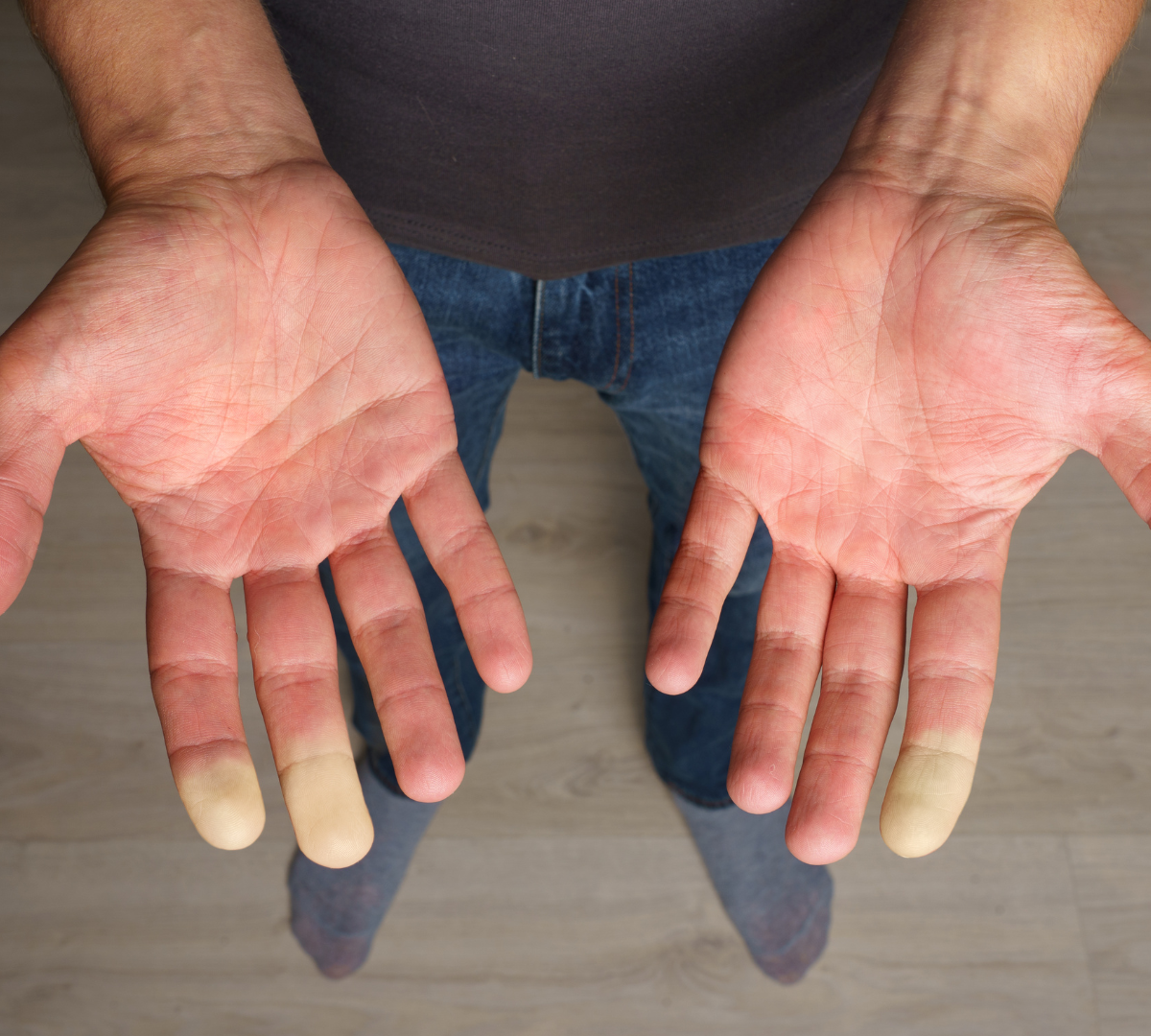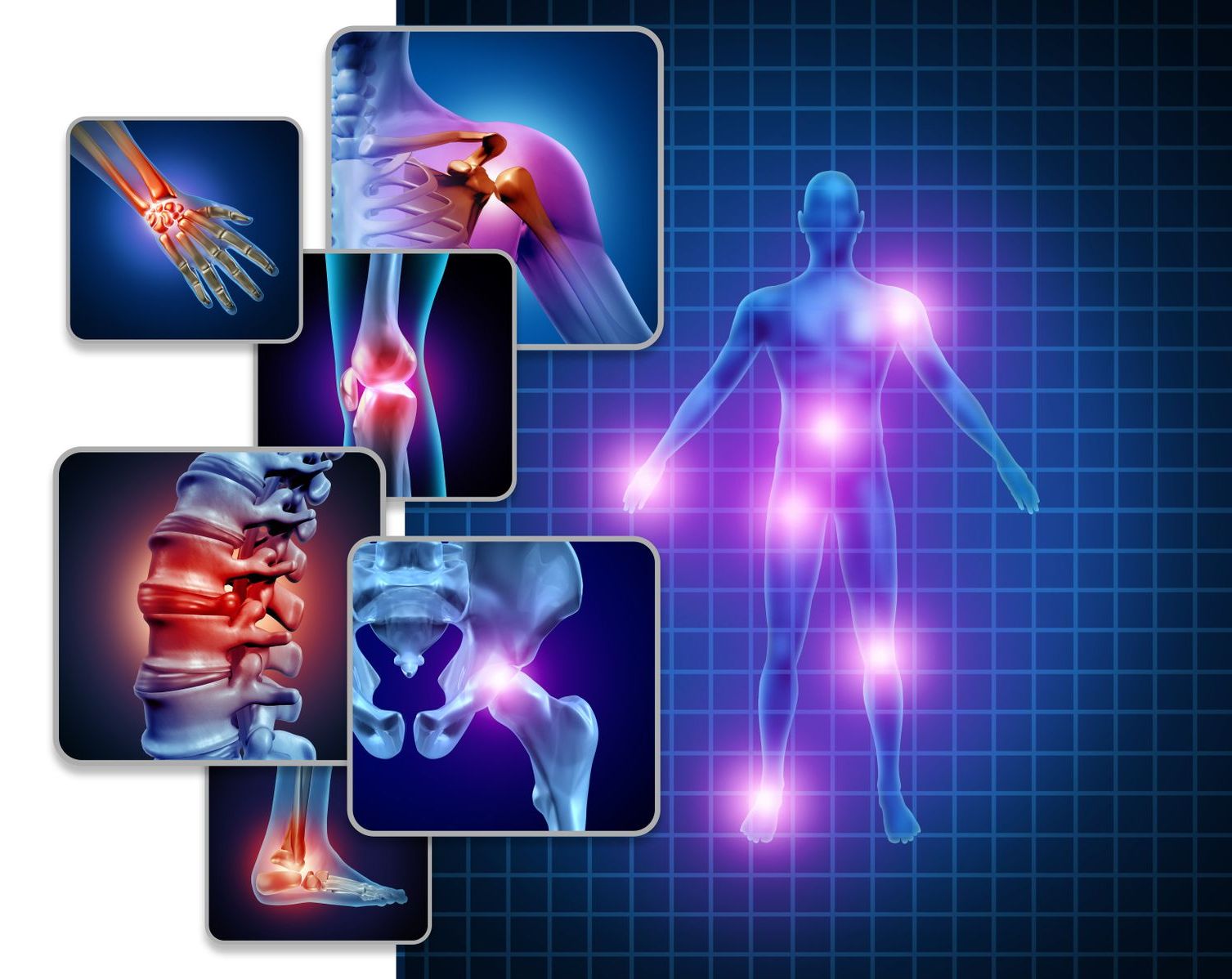- HOME
- ABOUT US
- WHAT IS AiARTHRITIS
- Diseases
- Rheumatoid Arthritis (RA)
- Psoriatic Arthritis (PsA)
- Systemic Lupus Erythematosus (SLE)
- Sjögren's Disease (SD)
- Axial Spondyloarthritis (AxSpA)
- Crohn's Disease
- Sarcoidosis
- Relapsing Polychondritis (RP)
- Systemic Sclerosis/Scleroderma (SSc)
- Behcet's Disease (BD)
- Palindromic Rheumatism (PR)
- VEXAS
- Antisynthetase Syndrome (ASS)
- Mixed Connective Tissue Disease
- JIA
- Familial Mediterranean Fever (FMF)
- HIDS (hyper-IgD syndrome, a mevalonate kinase deficiency)
- Cryopyrin-Associated Periodic Syndromes (CAPS) - Familial Cold Autoinflammatory Syndrome, Muckle-Wells Syndrome
- Schnitzler Syndrome
- Chronic Nonbacterial Osteomyelitis (CNO)/Chronic Recurrent Multifocal Osteomyelitis (CRMO)
- Still's Disease
- All Diseases
- Diseases
- OUR WORK
- RESOURCES & TOOLS
- GET INVOLVED
- CONTACT US
Mixed Connective Tissue Disease (MCTD)



AiArthritis defines Mixed Connective Tissue Disease as:
Mixed connective tissue disease (MCTD) is a rare autoimmune condition characterized by the presence of the anti-U1-ribonucleoprotein antibody. It falls within the category of rheumatic "overlap syndromes," which refers to patients displaying features of more than one classic inflammatory rheumatic disease, including systemic lupus erythematosus, polymyositis, scleroderma, and rheumatoid arthritis. MCTD is distinguished by the presence of anti-RNP antibodies.
Symptoms
Symptoms of AiArthritis Diseases Regardless of Diagnosis



Common in All AiArthritis Diseases
- Periods of worsening symptoms are called flares. A flare can last for hours, days, weeks, or months.
- Condition improves with activity and exercise and worsens with rest.
- When inflammation is left uncontrolled due to lack of proper treatment, comorbidities can develop. 70% of patients with chronic, lifelong disease will develop comorbidities, including dual or triple diagnoses.
- Autoimmune diseases run in families. If anyone in your immediate family (parents, siblings) or extended family (aunts, uncles, grandparents) have been diagnosed with ANY autoimmune disease, there is the possibility of genetic predisposition.
“Auto” Symptoms
- Severe fatigue or exhaustion that may not be helped by caffeine/stimulants and can happen even after a long period of rest.
- “Brain fog” - or periods of time where thinking gets clouded and it becomes difficult to concentrate.
- Flu-like symptoms, without having the flu- nausea, muscle weakness, and general malaise.
- Fever, typically low grade in autoimmune and higher grade in autoinflammatory (% strongly varies per disease).
Reference: Early Symptoms of AiArthritis Study, AiArthritis, 2019.
Inflammatory Arthritis Symptoms
- Severe stiffness in one or more joints, especially in the morning or after sitting for long periods of time.
- Episodes of joint pain that may last for hours, days, or even weeks, that can appear and disappear suddenly. Often described as “jumping pain” into different locations.
Typically the joint pain will coincide with one or more “Auto” symptoms and start and stop suddenly - for no apparent reason (which is called a "flare"). Some people will experience all of the above symptoms, others only a few. If you have any of the arthritis features, and at least one of the “Auto” features, please consult your physician about a referral to a rheumatologist.
Symptoms Often Associated with Mixed Connective Tissue Disease:
- Symptoms of Reynaud syndrome
- Difficulty swallowing
- Heartburn
- Shortness of breath
- Hair loss
- Lungs involvement
- Sjogren’s syndrome may develop
- Overtime, people may develop symptoms that are more typical of lupus or systemic sclerosis
- Lupus-like skin inflammation in sun-exposed areas

What fellow patients want you to know
Do you have Mixed Connective Tissue Disease (MCTD)? Let us know what YOU would want those with MCTD or those who are not yet diagnosed to know!
More About Mixed Connective Tissue Disease (MCTD)
Diagnosing Mixed Connective Tissue Disease (MCTD)

There’s no single definitive test that can confirm a mixed connective tissue disease (MCTD) diagnosis, so rheumatologists look at a combination of physical exam, blood tests, and family history of autoimmune disease. The blood tests that are specifically looked at are conducted to detect the presence anti-U1-ribonucleoprotein (anti-U1-RNP) antibodies, which is a hallmark laboratory finding in MCTD and antinuclear antibodies (ANA) which is looked at in many autoimmune and autoinflammatory diseases. Overlapping of symptoms with lupus, systemic sclerosis, and polymyositis are also often found in those with MCTD.
There is a diagnostic criteria called Alarcon-Segovia that may be used. These criteria require a high titer of positive anti-U1-RNP (over 1 per 1600) and three or more of the following clinical manifestations: Raynaud phenomenon, hand edema, synovitis, histologically proven myositis, and acrosclerosis.
Interesting Facts about this Disease

- 80% of patients with MCTD are women
- It is very likely that MCTD develops into SLE (Lupus) or Scleroderma (Systemic Sclerosis)
- MCTD is often referred to as an "overlap syndrome"
Other Resources
In an effort to ensure this page has the most accurate and up-to-date information, this page is currently awaiting medical review. Some information is subject to change.
Page Last Updated: 9/1/2023
Sign up for our newsletters
International Foundation for AiArthritis
6605 Nottingham Ave.
St. Louis, MO 63109-2661
Toll Free: 1-877-609-4226
Text: 1-314-282-7214
Copyright 2024. All rights reserved. Information on this site is intended for informational purposes only Our foundation does not engage in the practice of medicine. Please consult a physician to obtain personal healthcare and treatment options. 501(c) 3 Nonprofit Tax ID: 27-1214308.


